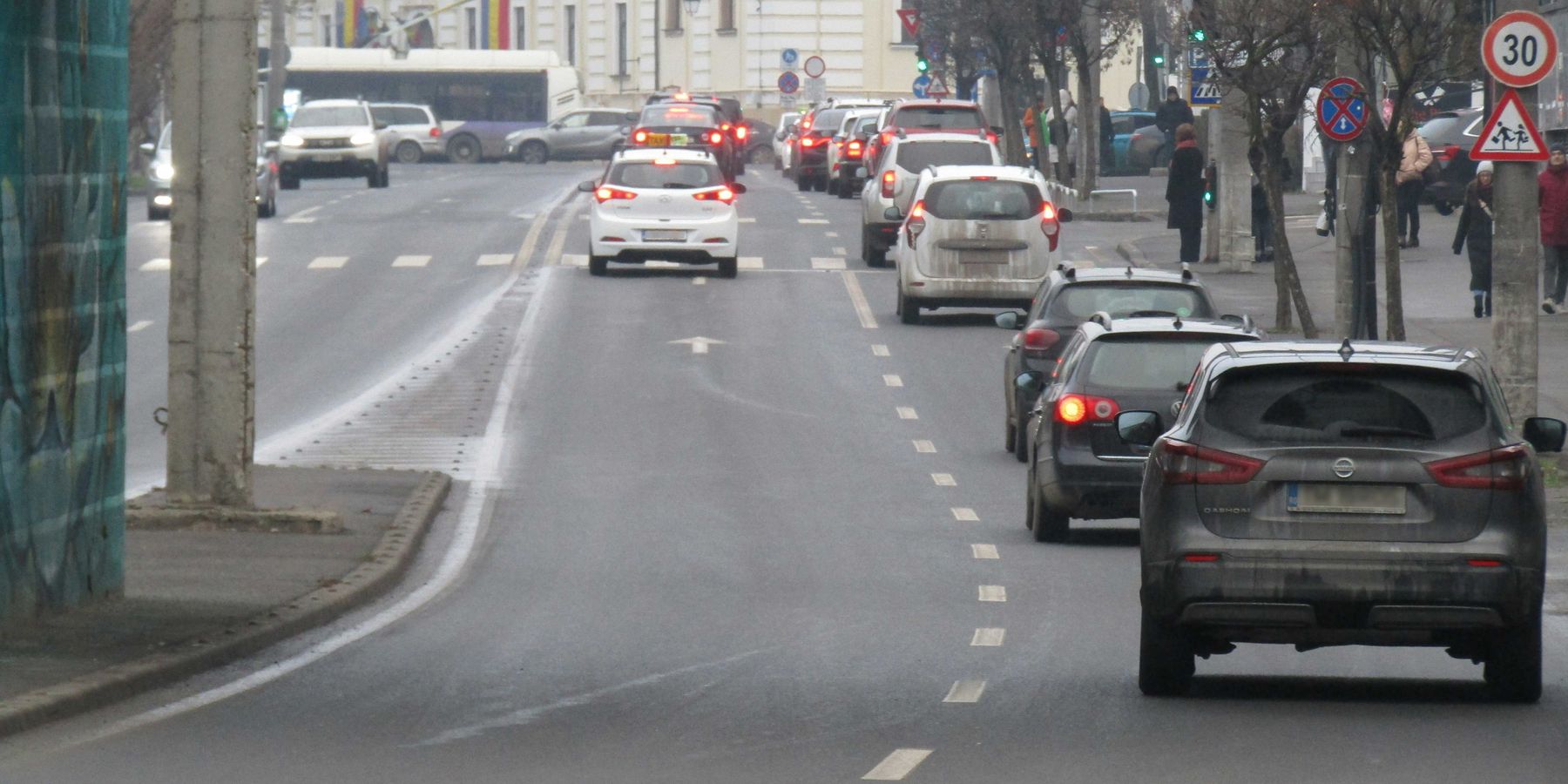Industry wants new pipeline on Navajo land scarred by decades of fossil fuel extraction
Developers tout hydrogen as a clean energy source; Navajo opponents say it is another way outsiders will profit by harming their environment and health. Jerry Redfern reports for Capital & Main.
In a nutshell:
With over a billion dollars proposed for the Western Interstate Hydrogen Hub (aptly named WISSH) project, New Mexico governor, Michelle Lujan Grisham(D), has made the hydrogen hub a priority for her administration—especially in a part of the state where her liberal persuasions are widely disparaged. Meanwhile the Navajo Nation, recovering from the economic shock of coal phaseout is faced with a choice—hitch onto the hydrogen train or wait for the next opportunity? And when will that opportunity be and where will it come from? If it is to be hydrogen, what are the tradeoffs?
Key quote:
On the Navajo Nation, climate change and fossil fuel development aren’t mental exercises. “It’s real for us,” she says.
Big picture:
Fossil fuel wants to stay in the game. The Navajo Nation wants jobs and cash flow to fill the void left by the end of coal mining and coal-fired power. The governor of New Mexico would like to thread the needle between fossil fuel constituents and environmental supporters. "Green" hydrogen production would require a lot of water in a region where there is not enough to go around. "Blue" hydrogen taps into the natural gas abundance of the area but given New Mexico's poor track record with methane leaks and abandoned oil and gas wells doesn't bode well.













